Westerners were shocked by the Communist takeover
in formerly free Czechoslovakia ... including finally the
Americans. Truman of course was not. Nor did he come to the same
sense of alarm as did the newly awakened Americans. In America
the Czechoslovakian crisis succeeded in reviving an old Red Scare, one
that would shape nearly all understandings of America's role in the
world for the next generation.
Truman saw things a bit differently. He
certainly understood the challenge that Marxist ideology posed to the
values of Western democracy. But he was more interested in how this
challenge directed political behavior of specific societies, in
particular Stalin's Russia. Truman was more interested in power
politics than in grand ideology. He was thus able to carry off a highly
advantageous diplomatic move, one that within a couple of years would
have been impossible, given the rising ideological mood of America.
This diplomatic move concerned Tito's Yugoslavia.
During World War Two Josip Broz Tito had
headed up a huge military unit of Communist Partisans that gave the
Germans a massive amount of trouble in Yugoslavia. In early 1945, as a
full German defeat looked increasingly likely, Tito took charge of a
new provisional government debating the question of forming a new
republic or continuing the monarchy under the young King Peter II. In
elections held in November of 1945, the pro-monarchists largely
boycotted the event, delivering a huge victory to Tito's
pro-Republicanists – dominated heavily by the Communists, who had
achieved a very high moral standing among Yugoslavia's various ethnic
groups because of their dedication to ousting the Germans from the land.
Though Tito was a loyal Stalinist, he was
also an independent thinker, and had specific plans of his own for
Yugoslavia. Those plans included incorporating all of the Trieste
territory to the northwest of the country (including shooting down
American planes supplying Trieste with aid) plus building his own
diplomatic alliance with the Greek Communists to the south. This upset
Stalin greatly because he was afraid that Tito's activities would call
forward a strong American response (which it did), Stalin having come
to appreciate the strengths of the new American leader, Truman.
Tito also had his own ideas of how he wanted to unite economically the ethnically divided Yugoslavia.
Such independent-mindedness annoyed
Stalin greatly, as he wanted all Communist organizations to function
under his sole authority. Problems between Tito and Stalin thus began
to develop.
Ultimately, Tito refused to attend the
second meeting of Stalin's new Cominform held in June of 1948,
expecting to be verbally attacked by Stalin. Stalin was furious at this
affront and called for Tito's expulsion from the Cominform, Stalin
expecting his personal disapproval to be the undoing of the
independent-minded Tito. When expulsion did not seem to have the
desired effect, Stalin took up his more usual program of seeking to
eliminate any who dared to oppose, or even question, him. None of
Stalin's efforts succeeded however. Tito in turn now went after any
supposed Stalinists in his own country, arresting thousands.
This turn of events opened the way for
Tito to access America's Marshall Plan (1951). Receiving American
financial (and also some military) support did not exactly align Tito
with the growing Western diplomatic alliance headed up by America. But
it effectively made Yugoslavia an openly neutral or non-aligned country
in the Cold War. Indeed, Tito went on to be one of the key leaders of
an international movement – at the time principally among Asian states
– which declared itself to be aligned with neither the West nor the
East. These non-aligned countries saw themselves as comprising a new
"Third World."
Truman was not looking for Yugoslav
loyalty in his swing of economic support behind his former adversary.
What Truman did achieve through this support of Communist Yugoslavia
was keeping Stalin from acquiring Yugoslavia as another satellite
state, one particularly that might have given Stalin the opportunity to
extend his political reach all the way to the Adriatic Sea just
opposite Italy and thus also a position on the Mediterranean Sea, a
goal long sought by the Russians. In supporting the Communist Tito,
Truman had contained Stalin. That loomed in importance much larger in
Truman's mind than the idea of opposing Communism, no matter where it
showed its head, for such ideological crusading would have helped drive
Tito back into Soviet hands, the very thing sought by Stalin.
This was cool-headed thinking on the part
of Truman, something unfortunately that would be lost on the vast
majority of Americans – who at this point were beginning to see things
in absolute Black-White (or Red-White!) dimensions.

 Truman takes on early global challenges
Truman takes on early global challenges The mounting sense of a Soviet or Stalinist danger
The mounting sense of a Soviet or Stalinist danger Crisis in Greece and Turkey ... and the "Truman Doctrine"
Crisis in Greece and Turkey ... and the "Truman Doctrine" Mounting problems in Western Europe ... and the Marshall Plan
Mounting problems in Western Europe ... and the Marshall Plan The Communist coup in Czechoslovakia
The Communist coup in Czechoslovakia  Helping Tito move out from under Stalin's control
Helping Tito move out from under Stalin's control The Berlin Blockade (June 1948 – May 1949)
The Berlin Blockade (June 1948 – May 1949) The ineffectiveness of the UN ... and the Creation of NATO
The ineffectiveness of the UN ... and the Creation of NATO





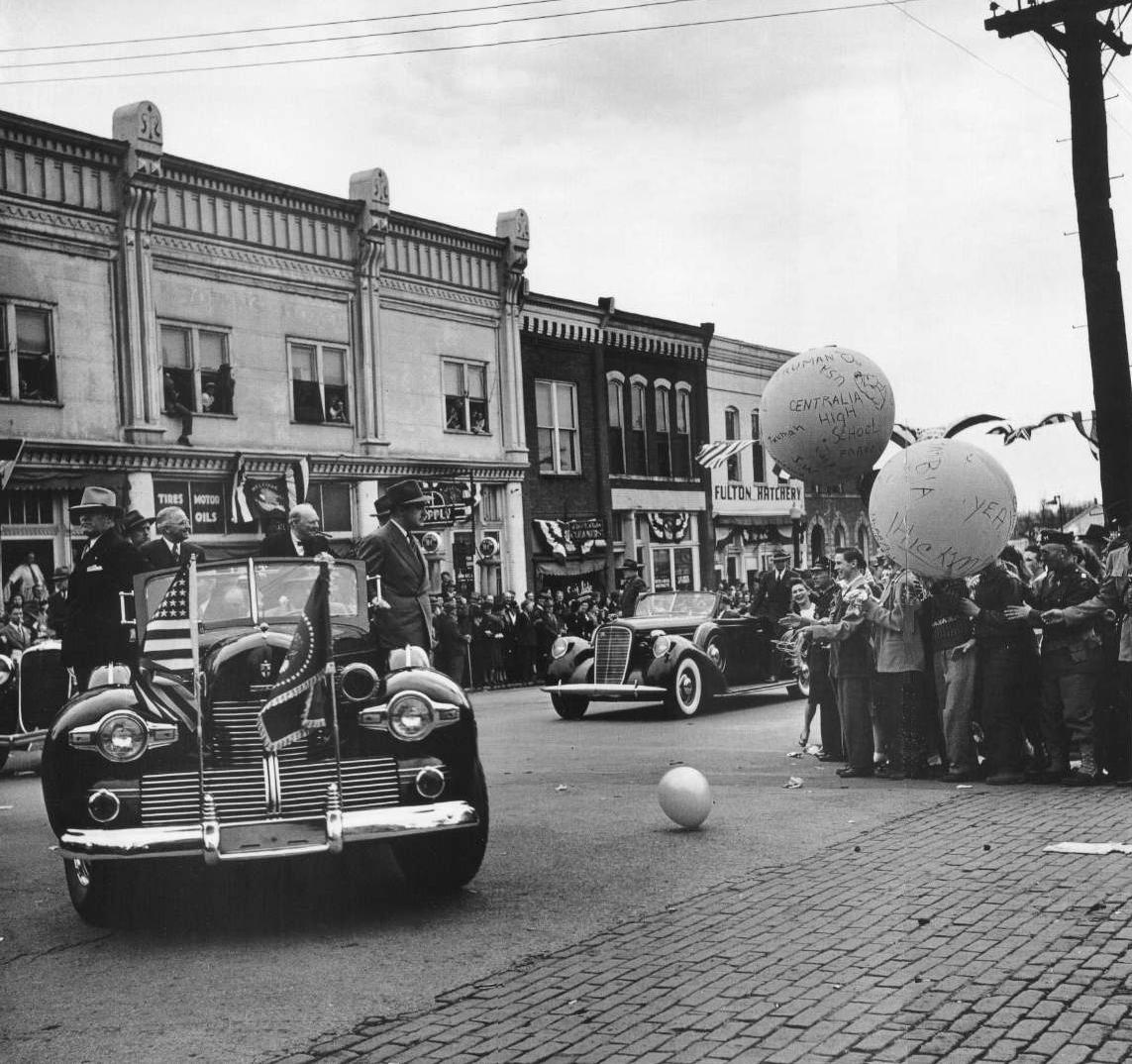

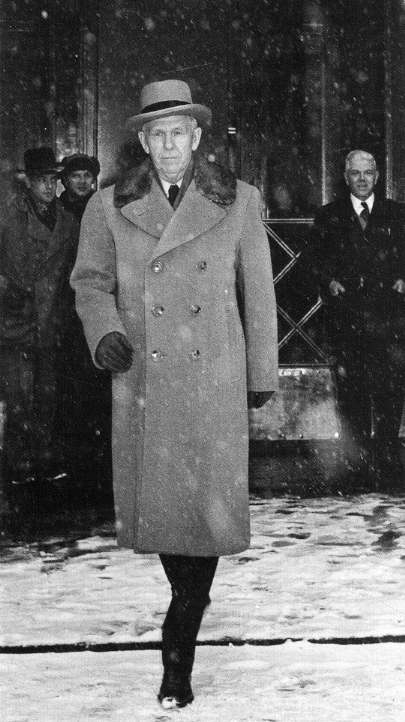
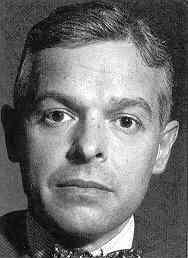
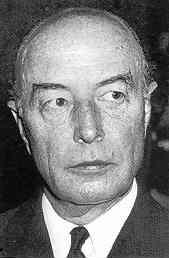
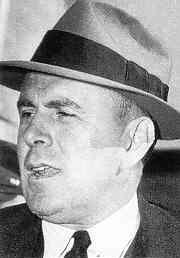
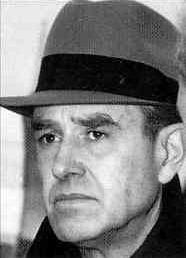
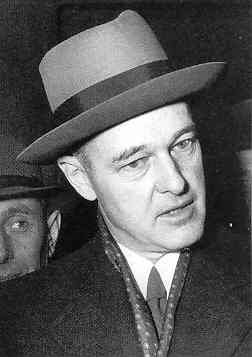
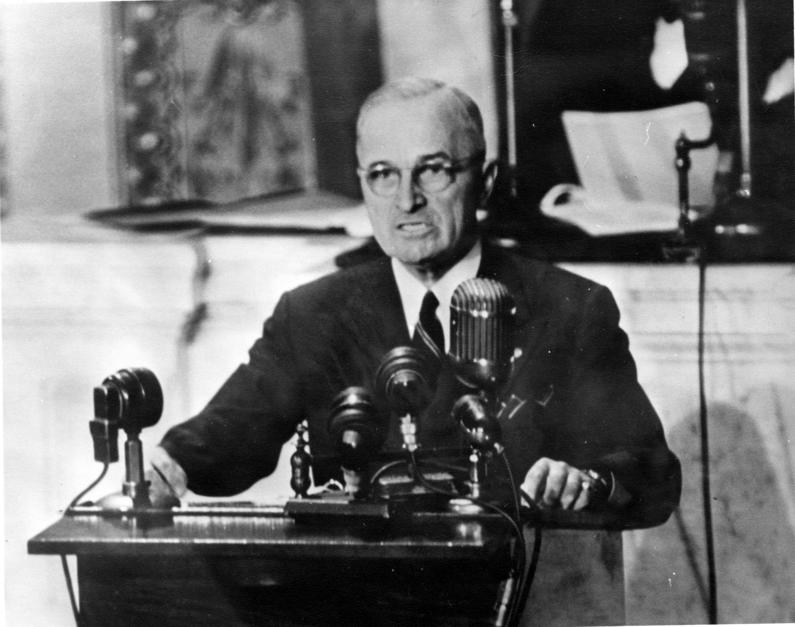
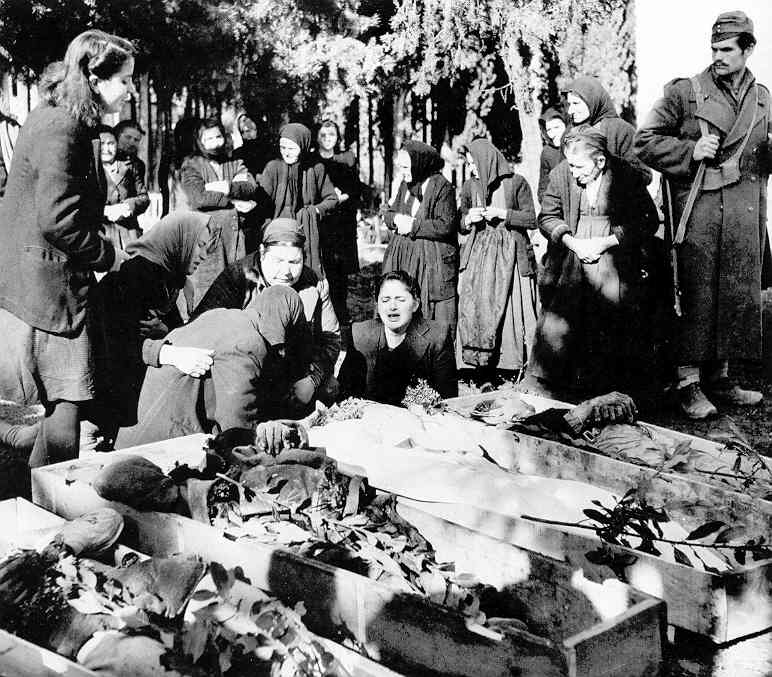
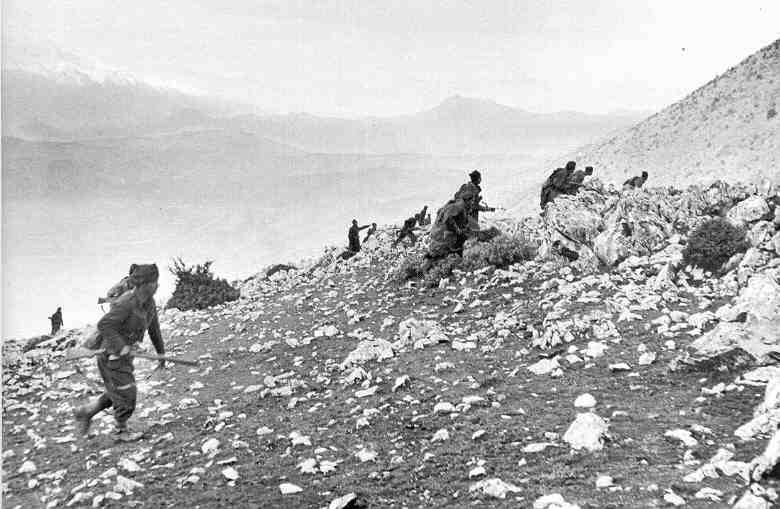
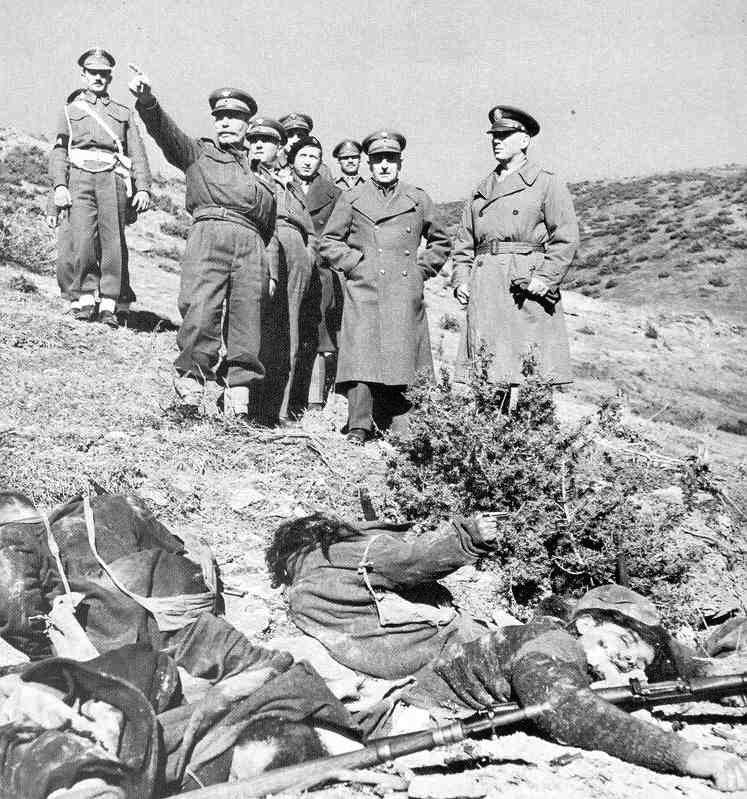
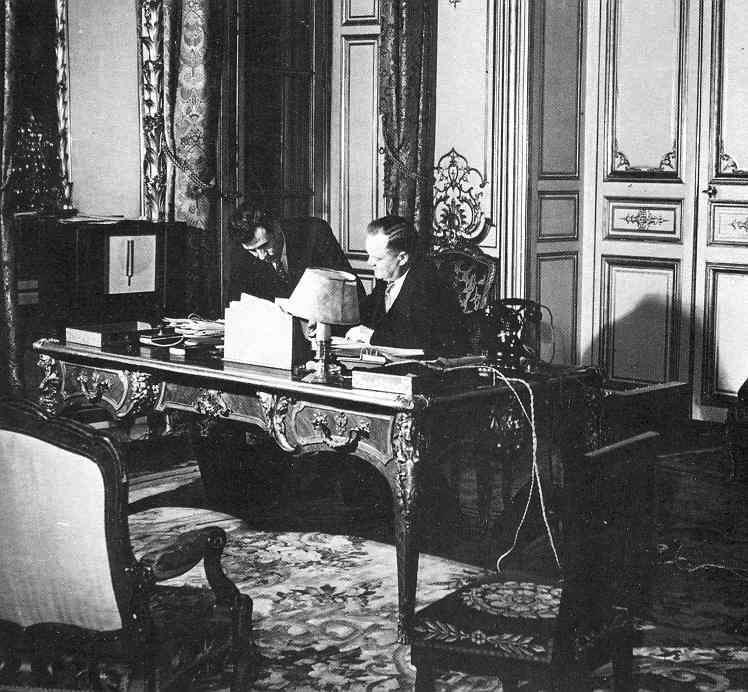
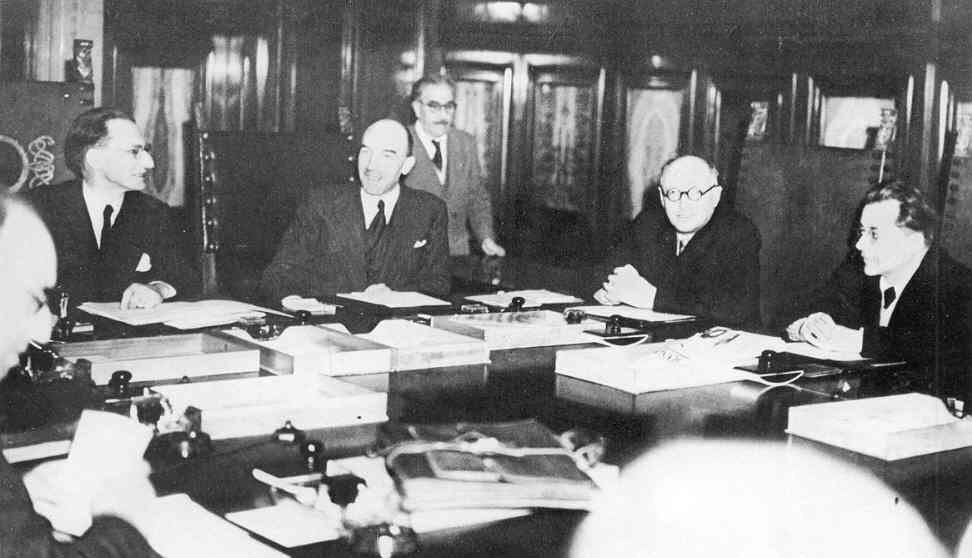
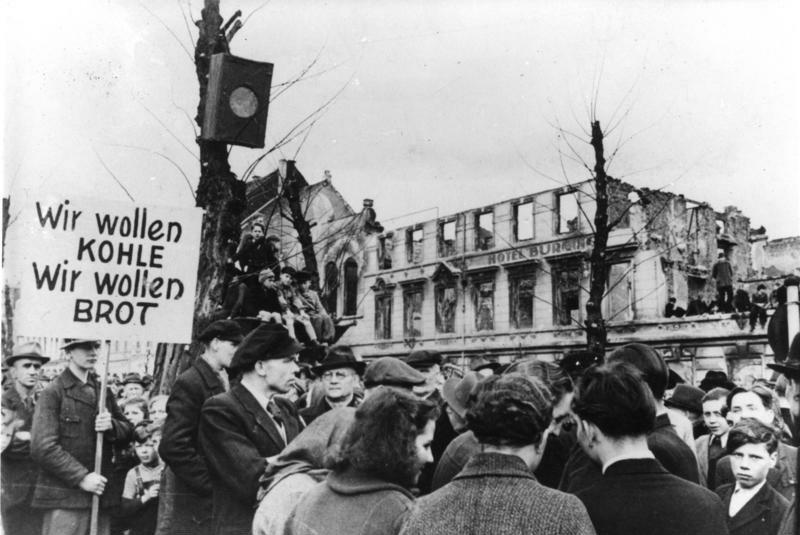
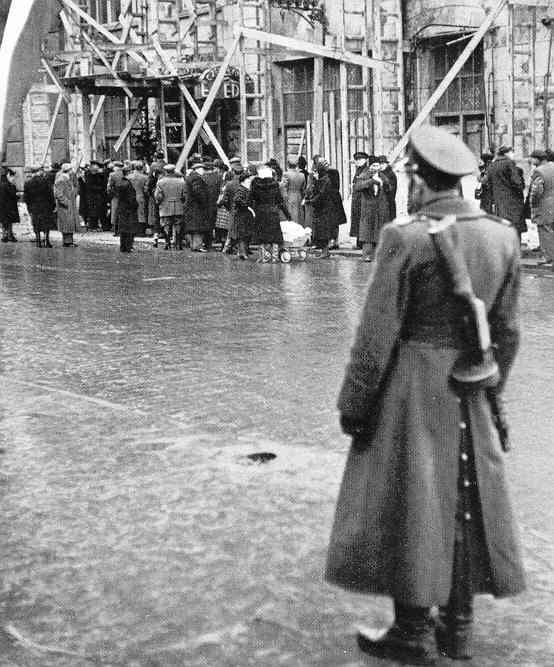
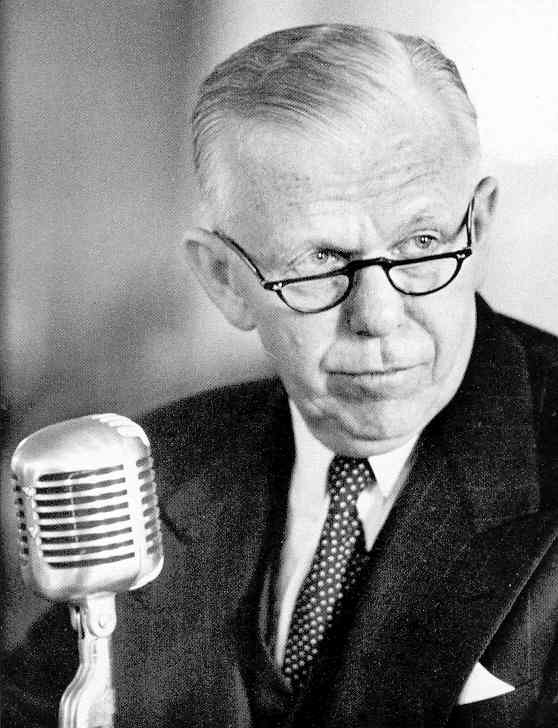
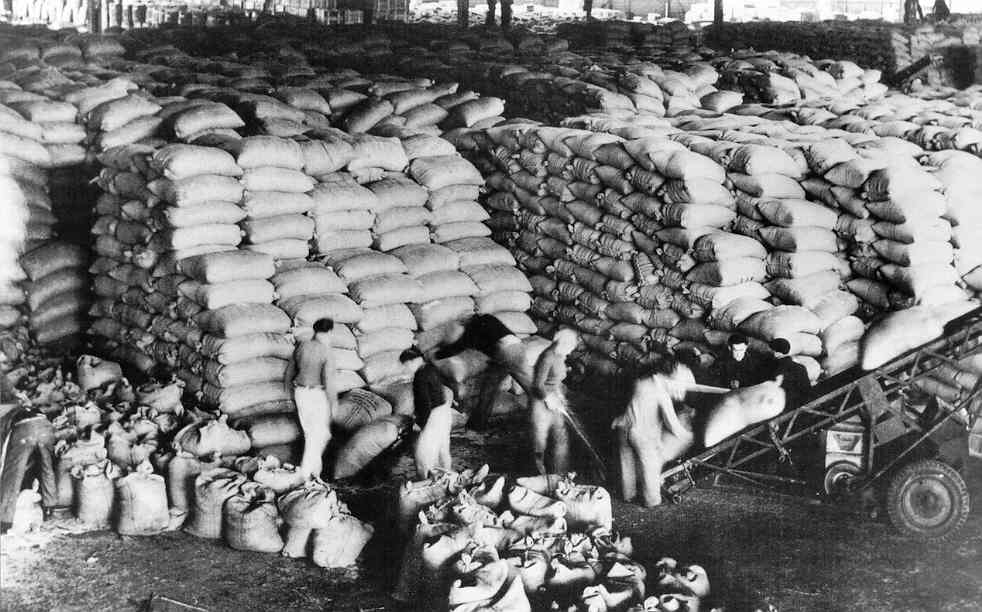
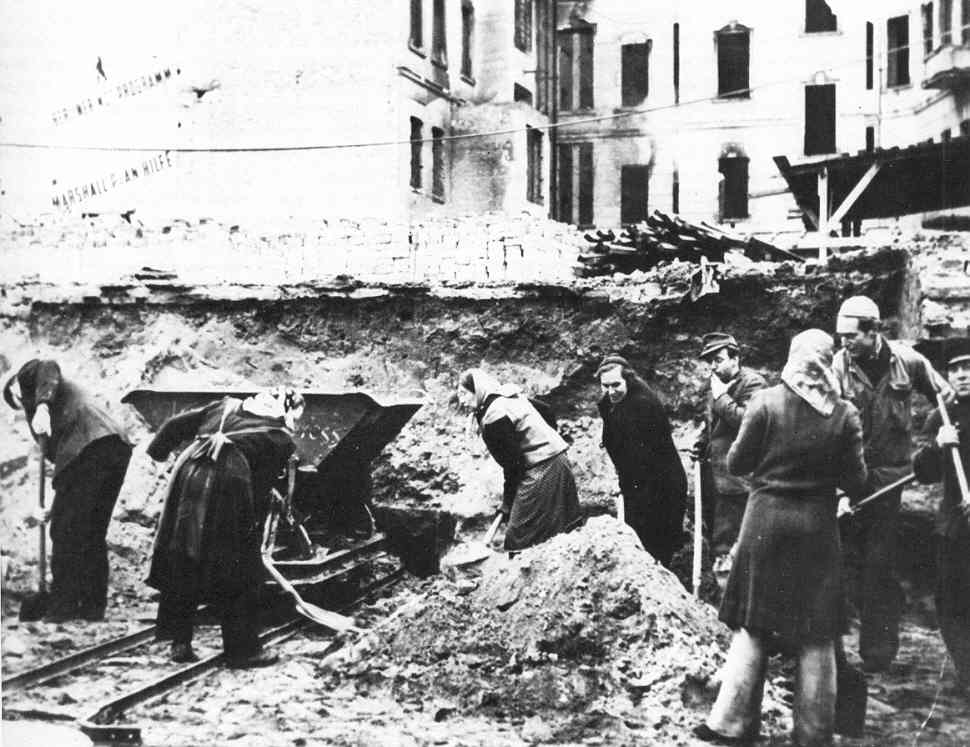
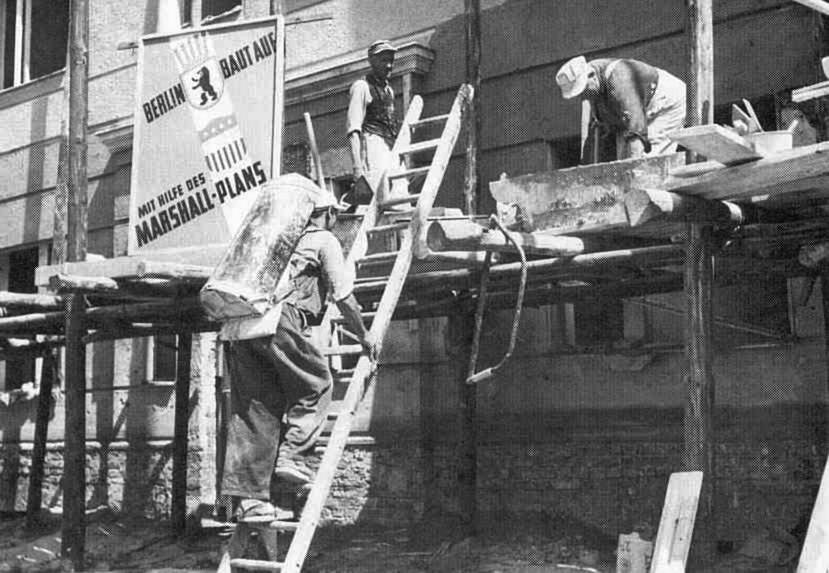
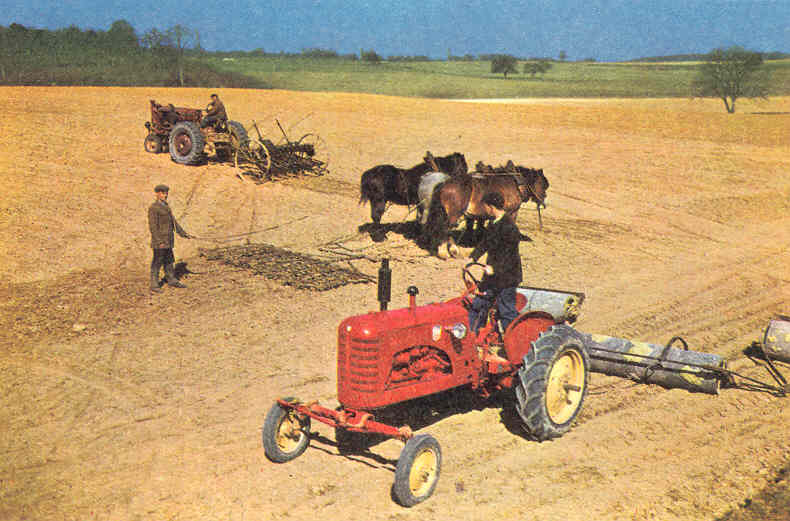
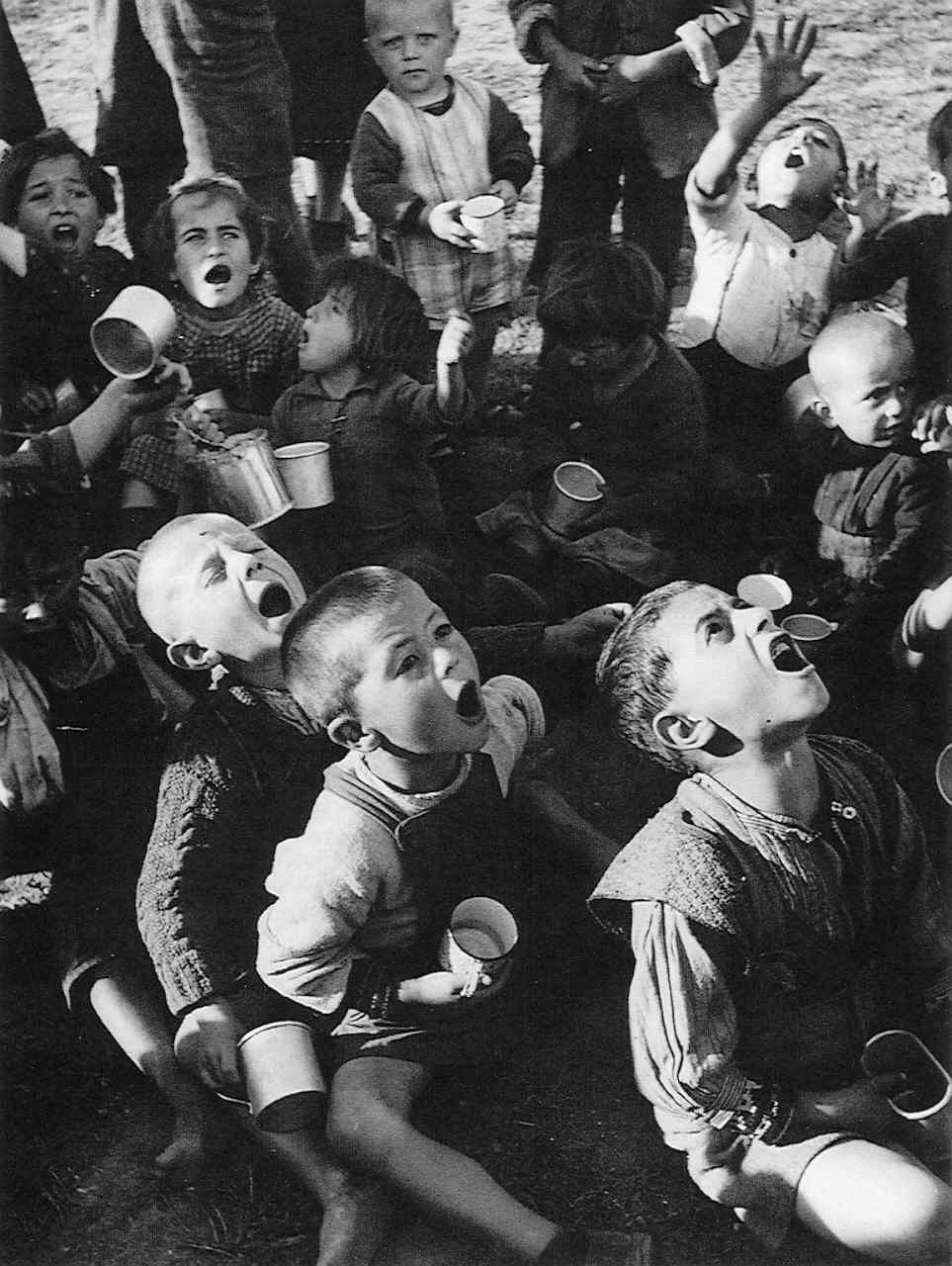
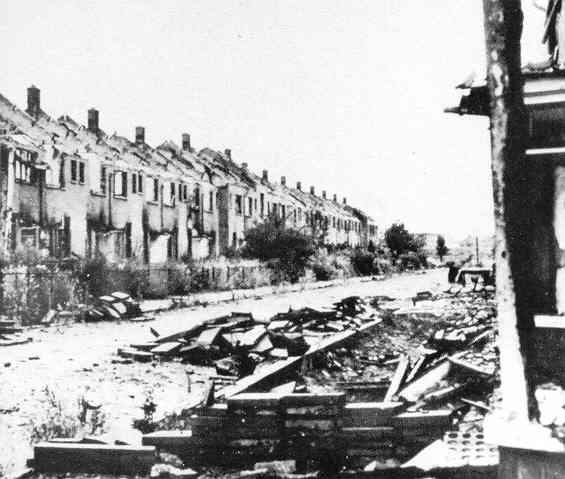
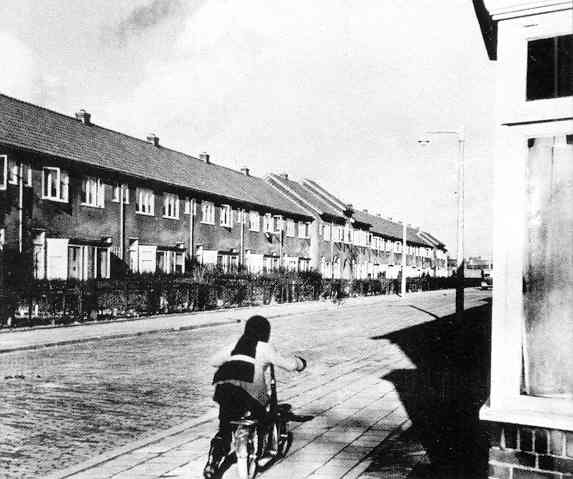
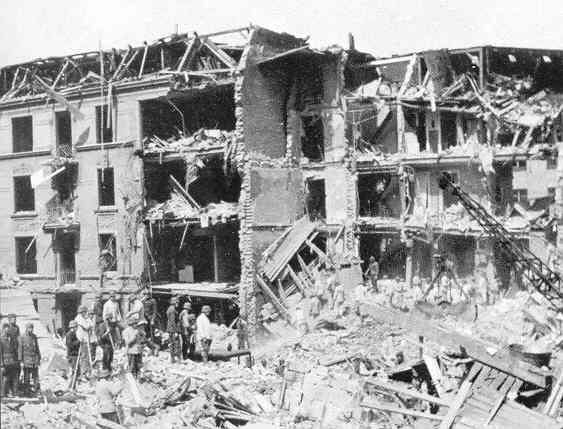

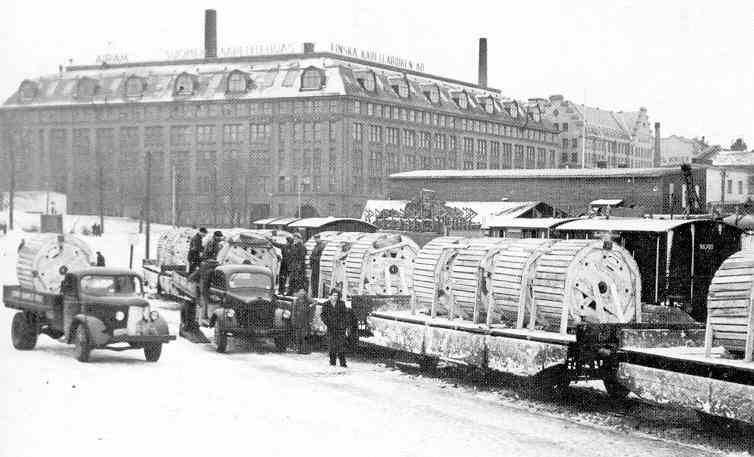
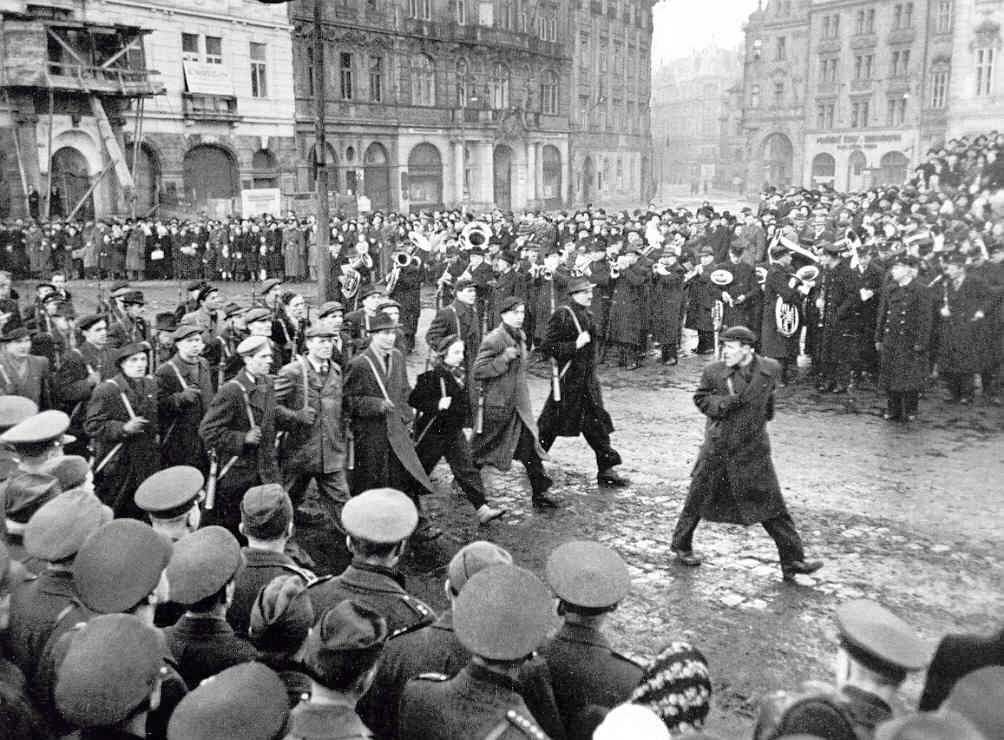
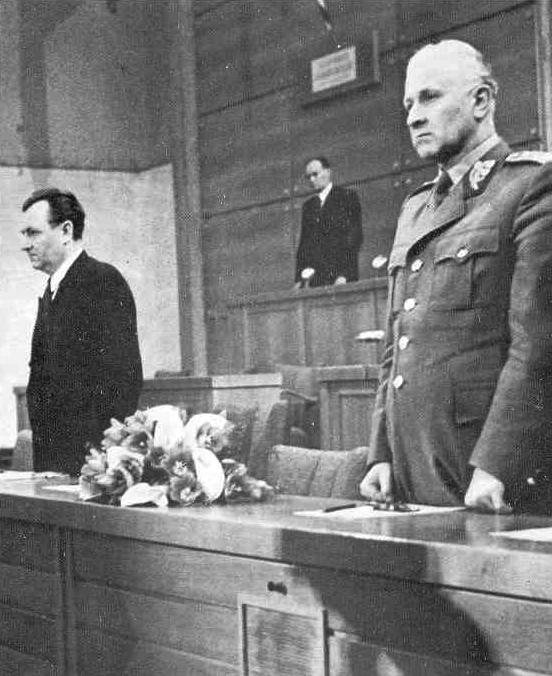
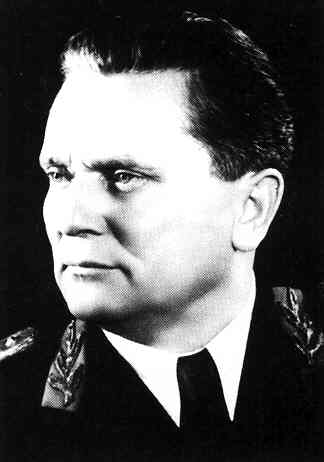
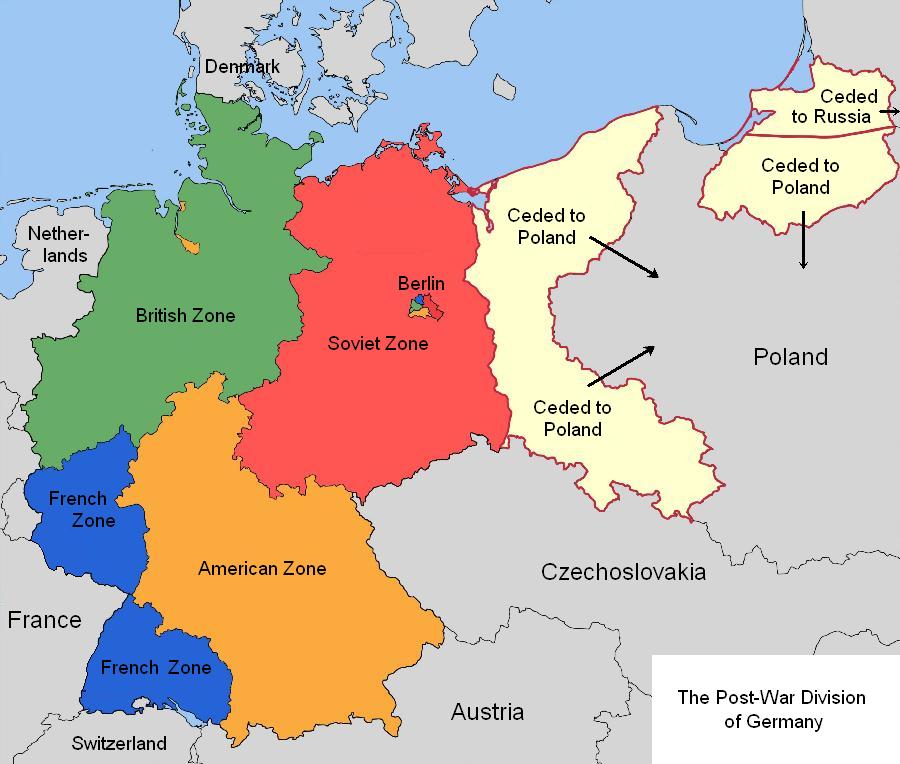
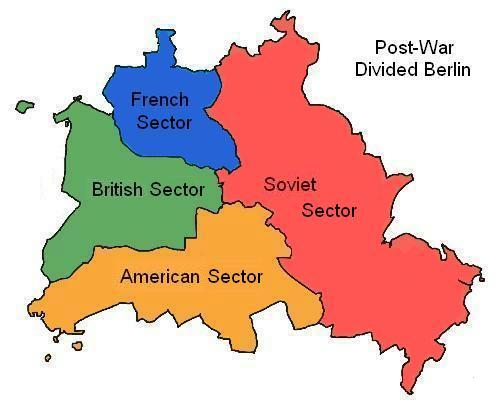
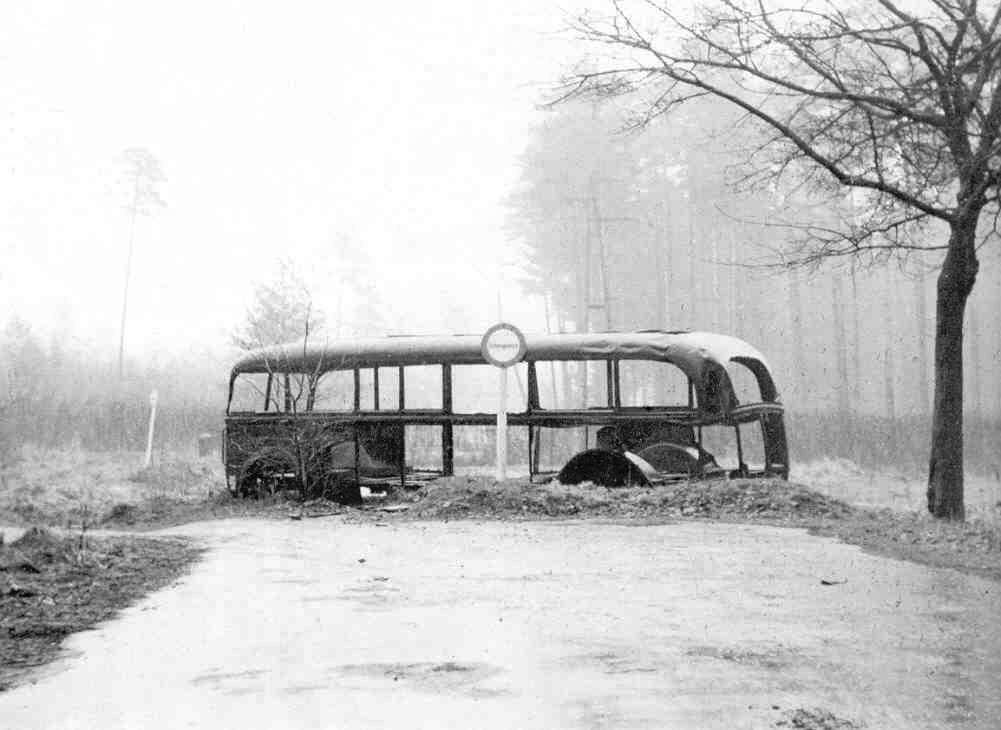
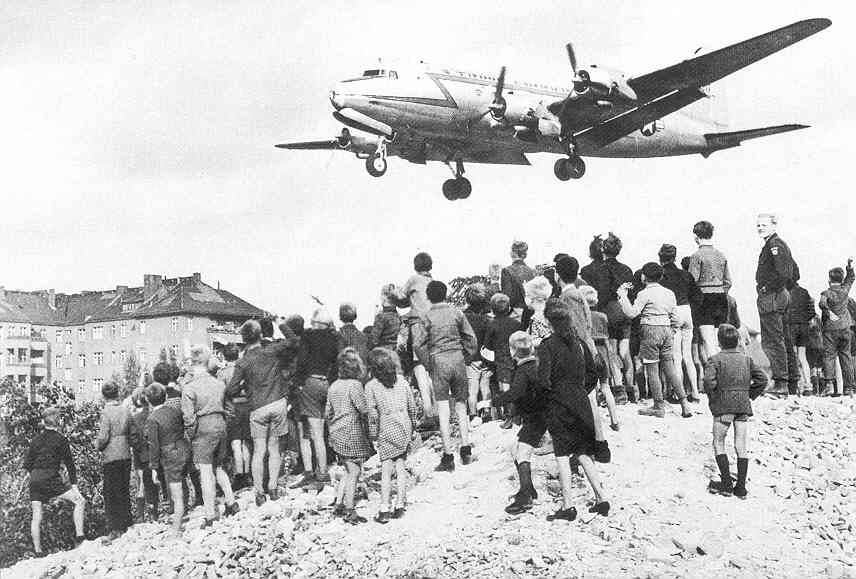
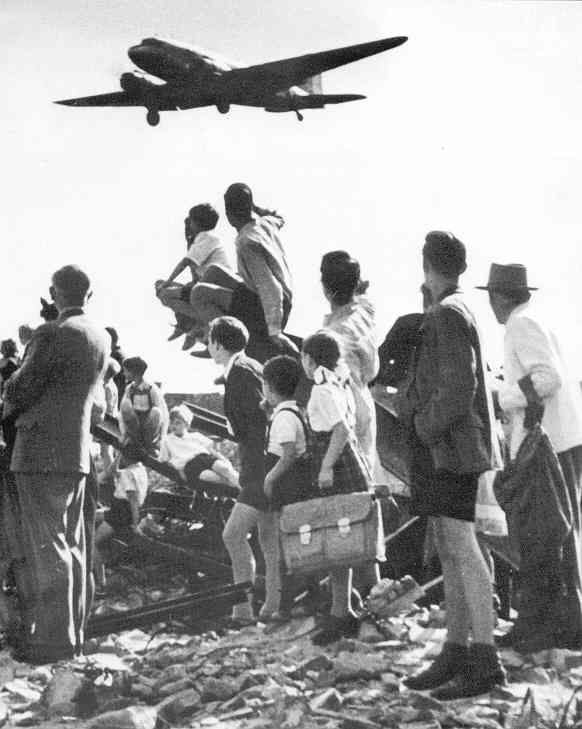
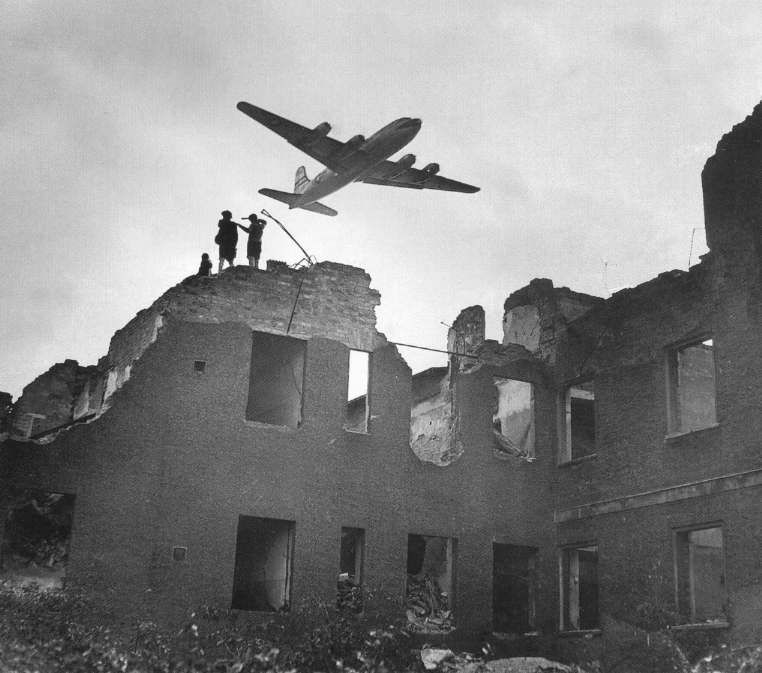
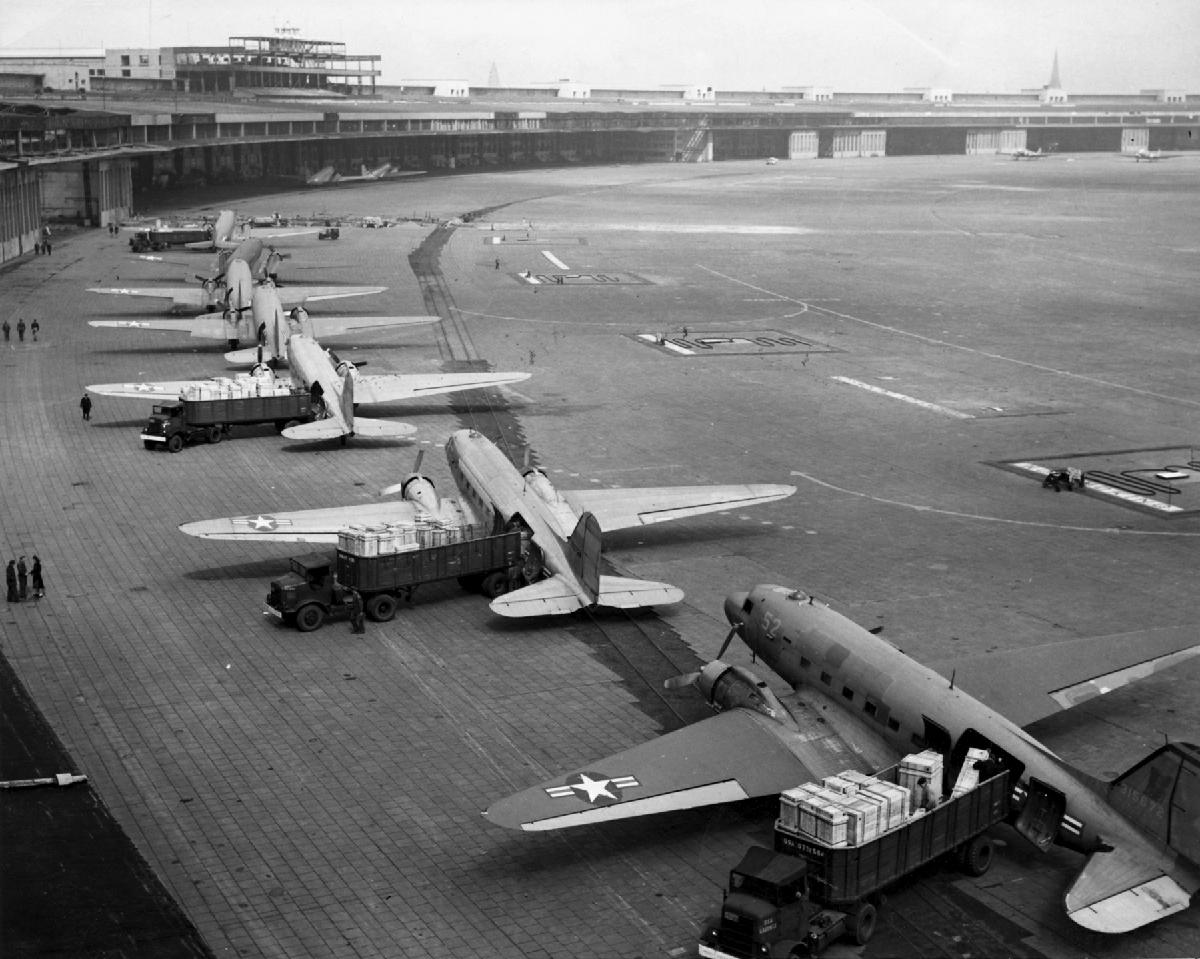
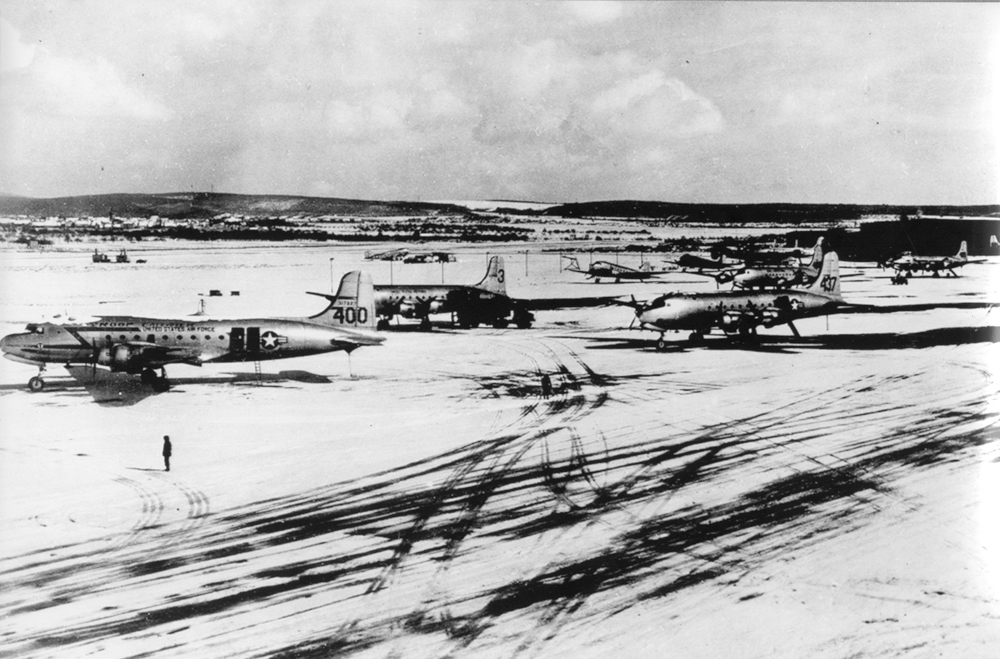

 Miles
H. Hodges
Miles
H. Hodges